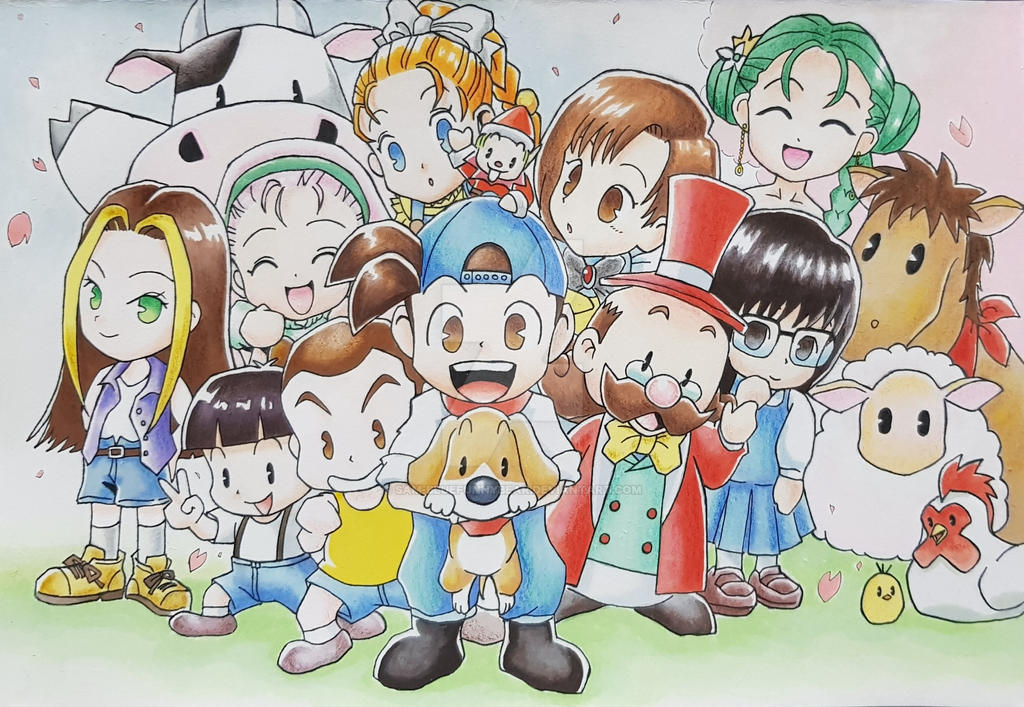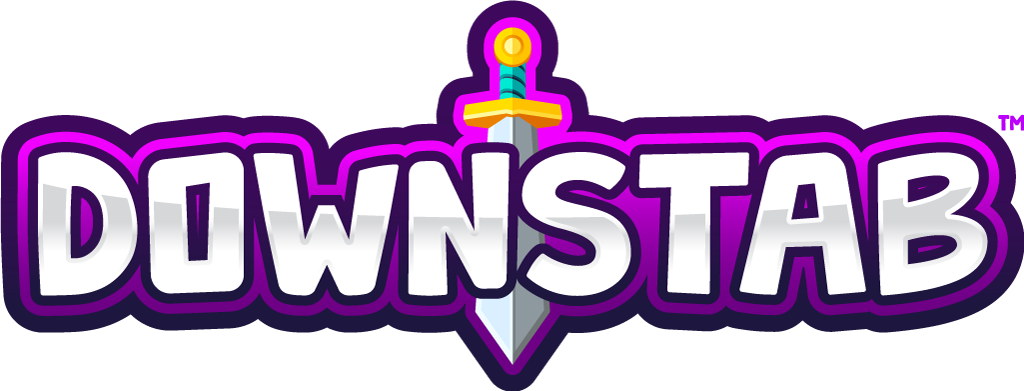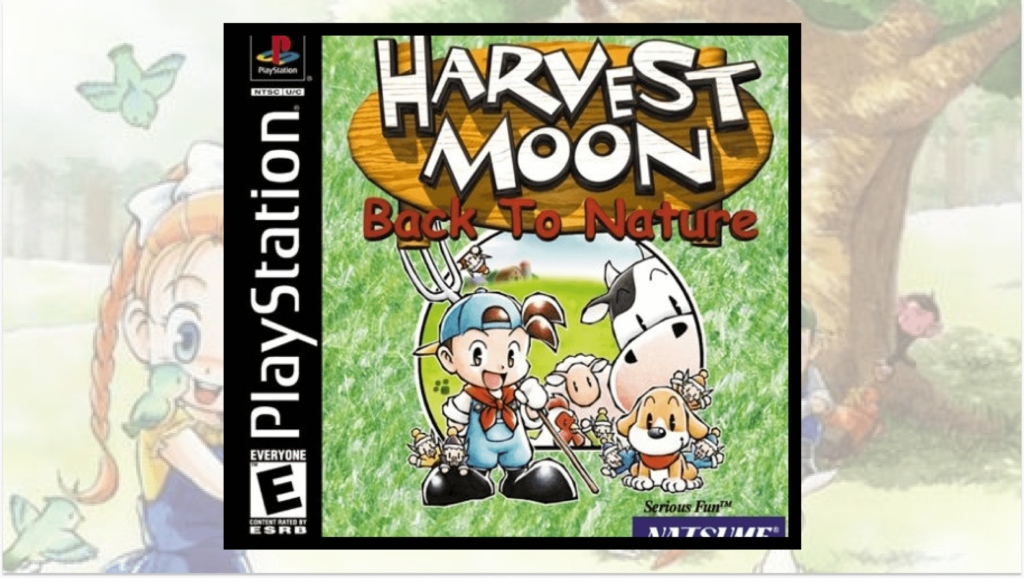The Harvest Moon series holds a special place in my gaming heart. The first game I played in the series was Harvest Moon 64 back in late 1999, and I only played that because the game looked so damn cute. I remember seeing the game in Nintendo Power or something like that, and just loving how it looked visually. The chibi characters, the anime inspired portraits, the wacky world of farming… it all came together to be one of my highlight Nintendo 64 games. I played it for literal in-game years.
Since then I would have my eye out for other Harvest Moon games. Lord knows I wasn’t going back to the SNES original game as even then it was crazy expensive. Thankfully the series began being released on every conceivable console out there, seeing releases Game Boy Color, Gamecube, Wii, Playstation 2, Playstation 3, and beyond. Some of the games were hits like A Wonderful Life on PS2 or Friends of Mineral Town on the GBA (both of which, among others, are seeing enhanced remakes on the Switch to this day). Some of them were missing the mark of quality by a longshot, like the not-go-well-received DS games and even some of the spinoff games. And then before you know it Stardew Valley released in 2016 and became the new gold standard for farming sims, which wasn’t something I thought would ever be taken for the Harvest Moon/Story of Seasons franchise.

Instead of talking about the current state of Harvest Moon, let’s talk about the heyday of Harvest Moon. The time when the series did no wrong, and thousands of gamers were tilling soil, collecting fish, competing in horse race tourneys, and wooing the hearts of one person in town. While HM64 was my first foray into the franchise, many others started their quest to revive their grandfather’s farm on the original Playstation with Harvest Moon: Back to Nature. Reviews at the time weren’t quite as high as those for the N64 game, but at the time Back to Nature was the solid second choice to fan favorite 64.
For a long time I actually though Back to Nature was simply a port of 64 to the Playstation, because it features many of the same characters as the N64 game. It also features a very similar art style and visual presentation. However despite these similarities, the two games are actually unique Harvest Moon experiences. Back to Nature follows the same formula of inheriting your grandfathers farm after it’s been left in disarray by negligent neighbors if I’m being honest, and it’s up to you to revive it. But you’ll also want to be a contributing member to a bustling society of folks, meaning you’ll need to participate in town events, help out when needed, and in general be a really nice guy. It’s cozy, it’s cute, and it’s distinctly Harvest Moon.

Playing this game for the first time in 2023 elicited a range of emotions from sweet nostalgia to modern disappointment. The old time Jason remembered buying seeds, tilling land, removing weeds, and breaking rocks to clean up my farmland. Running into town at a certain time to make sure the shop was opened reminded me of looking up the hours in the instruction manual (wow, remember those?) back when I was a kid. Even being outraged that a bag of seeds costs something like 30g was great too, haha. Flooded with feelings of being younger and enjoying the wonderful world of farming and developing your land was all coming back.
But at the same time of this the looming shadow of Stardew Valley hung over me. There’s a reason so many call Stardew the new standard for farming games these days, and that’s because it does so much right. It also does away with some poorly aged mechanics that are still present in the 15 years older Back to Nature. For example, I was frustrated having thrown an item on the ground only to see it break and fade away when I meant to drop it in the sell bin. This type of punishment for a simple mistake of movement wouldn’t fly in todays landscape. Also, a severely limited pocket inventory in BtN is archaic compared to the robust backpacks and chests you see in SV. Also, on a more personal complaint level, I shouldn’t have to select only a few of my tools to get stuff done on my farm while leaving others in a box to not get used. The disrespect of my time might have flew when I was young and frankly had lots of it to spare, but nowadays I don’t want to deal with that sense of wasted time. Okay, I’m off my soapbox.
I mentioned before that many of the characters in Back to Nature were lifted directly from Harvest Moon 64. This means familiar faces like Potpourri or Karen showed up in this game and made me smile! Later on, seeing Ann pop up in the forest had me all kinds of giggling. She was my first gaming wife, quite literally being the one I married in 64. I remember back then thinking it was such a feat to get their Heart level high enough to marry, and then you did, there was a ceremony, and you could even have a child together! It was wild, and there she was right there, a potential new future ready for us. Nostalgia goggles aside, this is where I think the Harvest Moon series really shined: there was so much possibility to make this game yours. I married Ann in my game, but Laura didn’t. And even if she did, the memories we’d share getting to that point are uniquely our own. While this could be true of games like Final Fantasy or Super Mario as well, the route of getting to that point in a game like this is so much more personal. I like that aspect, and I think I can see it here in BtN as well.

But that exact compliment might also be the Harvest Moon series’ main downfall. Imagine playing Harvest Moon 64 in 1999, then playing Back to Nature in 2000. And then playing Friends of Mineral Town in 2003, or any other game in the series beyond that. It’s largely the exact same thing. Yes, this is true of pretty much every sequel out there, but in Super Mario games you expect the platforming and stages to be different, and there are new power-ups to entice you along your journey. With each subsequent Harvest Moon game, you know precisely what to expect: farming mechanics, characters to meet and woo, rinse and repeat. The sameness of it all means the reason you’d play a different game comes down to what is truly unique, which can only really be the characters and storylines. But how much can you truly do with a farming simulation game? How many abandoned farms can you resurrect? How many lonely town girls can you befriend? How often can you compete in the town’s contests before it all becomes the same? Before it all becomes something you’ve already done years past, and have fonder memories of? Herein lies the problem with the Harvest Moon games of today, and is what I think the core behind the rise of Stardew Valley as the premiere farming sim.
Still, as stated at the start of this, Harvest Moon has a special place in my heart. It turned me on to simpler games (what you’d probably call “cozy games” by todays conventions). Harvest Moon 64 opened my eyes to other types of gameplay experiences. Though I think I’d attribute RPGs as being the ones to really get me into storytelling in games, I cannot deny HM64 had an impact on me growing up. The same has to be true, then of Back to Nature. I could easily have swapped out Harvest Moon 64 with Back to Nature in my past and be in the exact same place gaming-wise today. Had I had a Playstation growing up and not a Nintendo 64 I imagine that’s right where I’d be. And I would be happy with that.
Laters,
Jsick






